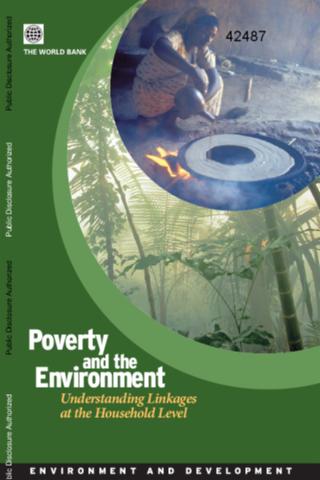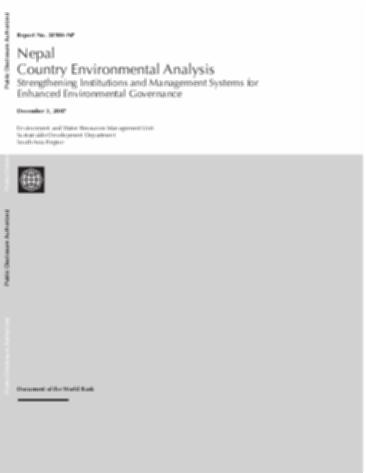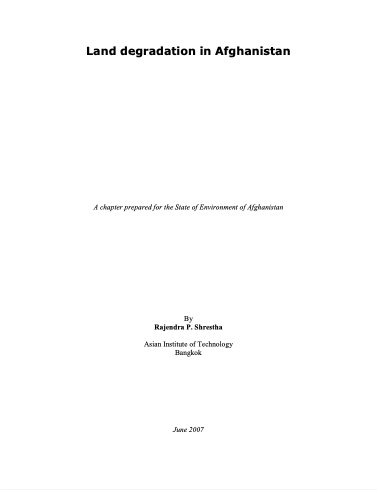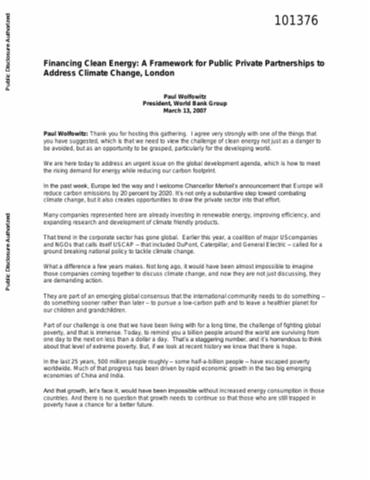Application of GIS and logistic regression to fossil pollen data in modelling present and past spatial distribution of the Colombian savanna
Climate changes affect the abundance, geographic extent, and floral composition of vegetation, which are reflected in the pollen rain. Sediment cores taken from lakes and peat bogs can be analysed for their pollen content. The fossil pollen records provide information on the temporal changes in climate and palaeo-environments. Although the complexity of the variables influencing vegetation distribution requires a multi-dimensional approach, only a few research projects have used GIS to analyse pollen data.







